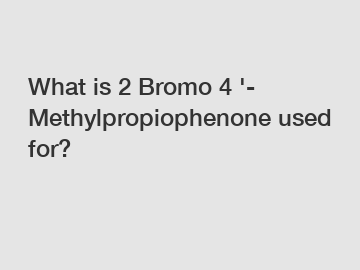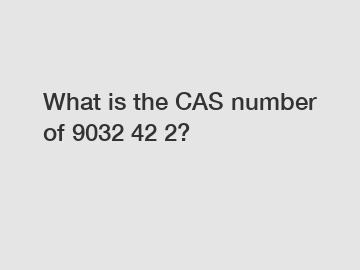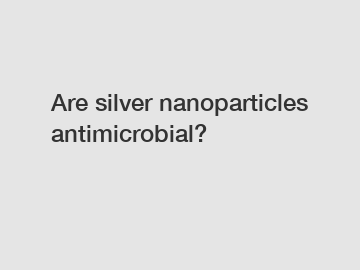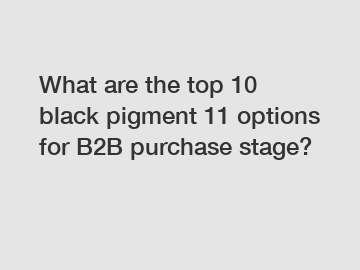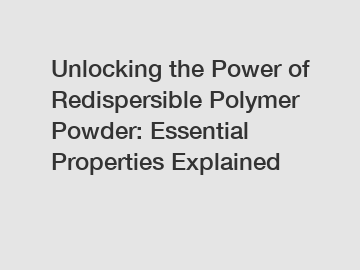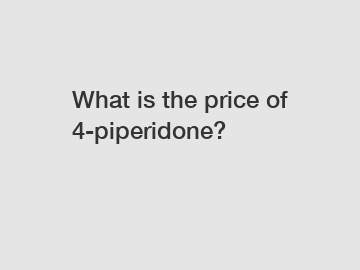20 questions about hydroxypropyl methylcellulose (HPMC)
1. What is the main use of hydroxypropyl methylcellulose (HPMC)?
——A: HPMC is widely used in building materials, coatings, synthetic resins, ceramics, medicine, food, textiles, agriculture, cosmetics, tobacco and other industries. HPMC can be divided into: construction grade, food grade and pharmaceutical grade according to use. At present, most domestic products are of construction grade. In construction grade, putty powder is used in large amounts, about 90% is used to make putty powder, and the rest is used to make cement mortar and glue.
2. There are several types of hydroxypropyl methylcellulose (HPMC), and what are their uses?
——Answer: HPMC can be divided into instant type and hot-soluble type. Instant type products disperse quickly when encountering cold water and disappear into the water. At this time, the liquid has no viscosity because HPMC is only dispersed in the water and does not really dissolve. In about 2 minutes, the viscosity of the liquid gradually increases and forms a transparent, viscous colloid. Hot-melt products clump together when encountering cold water. They can quickly disperse and disappear in hot water. When the temperature drops to a certain temperature, the viscosity slowly appears until a transparent and viscous colloid is formed. The hot-melt type can only be used in putty powder and mortar. In liquid glue and paint, clumping will occur and cannot be used. The instant type has a wider range of applications. It can be used in putty powder and mortar, as well as liquid glue and paint. There are no contraindications.
3. What are the dissolving methods of hydroxypropyl methylcellulose (HPMC)?
——Answer: Hot water dissolution method: Since HPMC does not dissolve in hot water, HPMC can be evenly dispersed in hot water at the initial stage, and then quickly dissolve when cooled. Two typical methods are described as follows:
1). Put the required amount of hot water into the container and heat it to about 70℃. Gradually add hydroxypropyl methylcellulose with slow stirring. Initially the HPMC will float on the surface of the water and then gradually form a slurry. Cool the slurry with stirring.
2). Add 1/3 or 2/3 of the required amount of water into the container and heat it to 70°C. Disperse HPMC according to the method in 1) to prepare hot water slurry; then add the remaining amount of cold water to hot water. slurry, stirring and then cooling the mixture.
Powder mixing method: Mix HPMC powder with a large amount of other powdery substances, mix them thoroughly with a mixer, and then add water to dissolve. At this time, HPMC can be dissolved without agglomeration, because there is only a little bit of HPMC in every tiny corner. Powder, it will dissolve immediately when exposed to water. ——This method is used by putty powder and mortar manufacturers. [Hydroxypropyl methylcellulose (HPMC) is used as a thickener and water-retaining agent in putty powder mortar. ]
4. How to determine the quality of hydroxypropyl methylcellulose (HPMC) simply and intuitively?
——Answer: (1) Whiteness: Although whiteness does not determine whether HPMC is easy to use, and if whitening agents are added during the production process, it will affect its quality. However, most good products have good whiteness. (2) Fineness: The fineness of HPMC is generally 80 mesh and 100 mesh, with 120 mesh being less. Most HPMC produced in Hebei is 80 mesh. The finer the finer, the better. (3) Transmittance: Put hydroxypropyl methylcellulose (HPMC) into water to form a transparent colloid, and then look at the transmittance. The greater the transmittance, the better, which means there are less insoluble substances inside. . The permeability of vertical reactors is generally good, while that of horizontal reactors is worse. However, this does not mean that the quality of vertical reactors is better than that of horizontal reactors. Product quality is determined by many factors. (4) Specific gravity: The larger the specific gravity, the heavier the better. The specific gravity is generally due to the high hydroxypropyl content in it. The higher the hydroxypropyl content, the better the water retention.
5. What is the amount of hydroxypropyl methylcellulose (HPMC) in putty powder?
——Answer: The dosage of HPMC in actual applications varies depending on the climate environment, temperature, quality of local ash calcium, formula of putty powder and "quality required by customers". Generally speaking, it is between 4kg and 5kg. For example: Most of the putty powder in Beijing puts 5 kilograms; in Guizhou, it mostly puts 5 kilograms in summer and 4.5 kilograms in winter; in Yunnan, the amount is smaller, usually 3 to 4 kilograms, etc.
6. What is the appropriate viscosity of hydroxypropyl methylcellulose (HPMC)?
——Answer: Putty powder usually costs RMB 100,000, but mortar requires a higher price of RMB 150,000. Moreover, the most important function of HPMC is water retention, followed by thickening. In putty powder, as long as the water retention is good and the viscosity is low (70,000-80,000), it is also possible. Of course, the higher the viscosity, the better the water retention. When the viscosity exceeds 100,000, the impact of viscosity on water retention is Not big anymore.
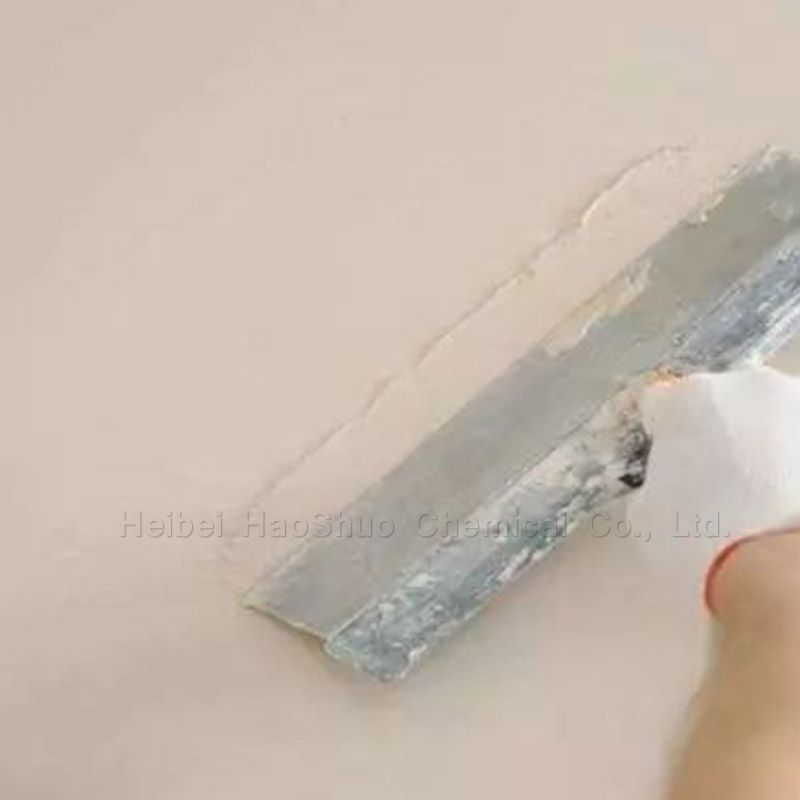
7. What are the main technical indicators of hydroxypropyl methylcellulose (HPMC)?
——A: Hydroxypropyl content and viscosity, most users are concerned about these two indicators. Those with high hydroxypropyl content generally retain water better. The one with high viscosity has better water retention relatively (not absolutely), and the one with high viscosity is better to use in cement mortar.
8. What are the main raw materials of hydroxypropyl methylcellulose (HPMC)?
——A: The main raw materials of hydroxypropyl methylcellulose (HPMC): refined cotton, methyl chloride, propylene oxide, other raw materials include caustic soda, acid, toluene, isopropyl alcohol, etc.
9. What is the main function of HPMC in putty powder? Does it cause any chemical changes?
——Answer: HPMC plays the three roles of thickening, water retention and construction in putty powder. Thickening: Cellulose can thicken and suspend, keeping the solution uniform up and down, and resist sagging. Water retention: Make the putty powder dry slower and assist the gray calcium to react under the action of water. Construction: Cellulose has a lubricating effect, which allows the putty powder to have good construction properties. HPMC does not participate in any chemical reactions and only plays an auxiliary role. Adding water to the putty powder and applying it to the wall is a chemical reaction, because new substances are formed. If you remove the putty powder from the wall, grind it into powder, and then use it again, it will not work because a new substance (calcium carbonate) has been formed. ). The main components of gray calcium powder are: a mixture of Ca(OH)2, CaO and a small amount of CaCO3, CaO+H2O=Ca(OH)2-Ca(OH)2+CO2=CaCO3↓+H2O Gray calcium is in water and air Under the action of CO2, calcium carbonate is generated, while HPMC only retains water to assist the gray calcium to react better, and does not participate in any reaction itself.
10. HPMC is a non-ionic cellulose ether, so what is non-ionic?
——Answer: In layman’s terms, non-ions are substances that do not ionize in water. Ionization refers to the process in which electrolytes are dissociated into freely moving charged ions in a specific solvent (such as water, alcohol). For example, sodium chloride (NaCl), the salt we eat every day, is dissolved in water and ionized to produce freely mobile sodium ions (Na+) with a positive charge and chloride ions (Cl) with a negative charge. In other words, HPMC will not dissociate into charged ions when placed in water, but will exist in the form of molecules.
11. What is the gel temperature of hydroxypropyl methylcellulose related to?
——Answer: The gel temperature of HPMC is related to its methoxy group content. The lower the methoxy group content↓, the higher the gel temperature↑.
12. Is there any relationship between the loss of putty powder and HPMC?
——Answer: The powder loss of putty powder has a lot to do with the quality of gray calcium and has little to do with HPMC. The low calcium content of gray calcium and the inappropriate ratio of CaO and Ca(OH)2 in gray calcium will cause powder loss. If it has something to do with HPMC, then if HPMC has poor water retention, it will also cause powder loss. For the specific reasons, please refer to question 9.
13. What is the difference in the production process between cold water instant type and hot melt type of hydroxypropyl methylcellulose?
——Answer: The cold water instant type of HPMC is surface-treated with glyoxal and is quickly dispersed in cold water, but it is not truly dissolved. It is dissolved when the viscosity rises. The hot melt type has not been surface treated with glyoxal. If the amount of glyoxal is large, the dispersion will be fast, but the viscosity will increase slowly. If the amount of glyoxal is small, the opposite will be true.
Explore more:
Revolutionizing Hygiene: Silver Nano Antibacterial Agent Dominate?
Which HPMC for drymix mortar is best for purchase?
Where to buy N-Benzylisopropylamine: Popular Suppliers Guide
What are the different types of iron oxide pigments?
What is the average cost of biodegradable?
What is the difference between bulk and specialty chemicals?
How thick should my underlayment be?
14. Why does hydroxypropyl methylcellulose (HPMC) smell?
——Answer: HPMC produced by the solvent method uses toluene and isopropyl alcohol as solvents. If it is not washed well, there will be some residual smell.
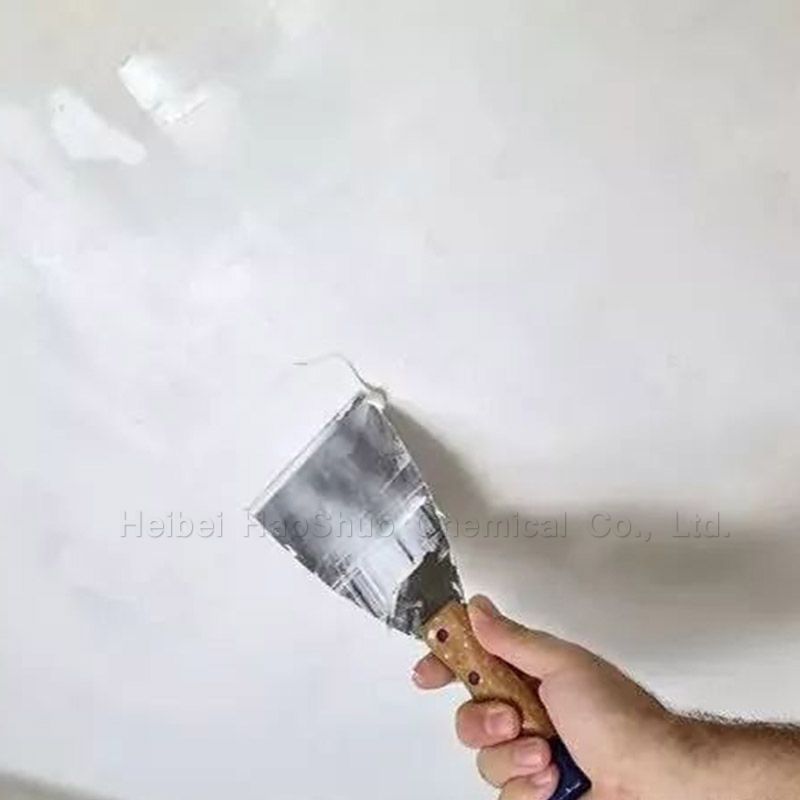
15. How to choose the appropriate hydroxypropyl methylcellulose (HPMC) for different uses?
——Answer: The application of putty powder: the requirements are low, the viscosity is 100,000, which is enough. The important thing is to retain water well. Application of mortar: higher requirements, high viscosity, 150,000 is better. Glue application: Fast-dissolving products are required with high viscosity.
16. What is the other name of hydroxypropyl methylcellulose?
——Answer: Hydroxypropyl Methyl Cellulose, English: Hydroxypropyl Methyl Cellulose Abbreviation: HPMC or MHPC Alias: Hypromellose; Cellulose hydroxypropyl methyl ether; Hypromellose, Cellulose, 2-hydroxypropylmethyl Cellulose ether. Cellulose Hydroxypropyl methyl ether Hyprolose.
17. The application of HPMC in putty powder. What causes bubbles in putty powder?
——Answer: HPMC powder plays the three roles of thickening, water retention and construction in putty powder. Not participating in any reaction. Reasons for bubbles: 1. Too much water. 2. If the bottom layer is not dry and another layer is scraped on top, it will easily blister.
18. Formula of putty powder for interior and exterior walls?
——Answer: Interior wall putty powder: heavy calcium 800KG, gray calcium 150KG (starch ether, pure green, Penjun clay, citric acid, polyacrylamide, etc. can be added appropriately)
Exterior wall putty powder: cement 350KG, heavy calcium 500KG, quartz sand 150KG, latex powder 8-12KG, cellulose ether 3KG, starch ether 0.5KG, wood fiber 2KG
19. What is the difference between HPMC and MC?
——Answer: MC is methylcellulose. Cellulose ether is made from refined cotton after alkali treatment, using methane chloride as the etherifying agent, and a series of reactions. Generally, the degree of substitution is 1.6~2.0, and the solubility will be different with different degrees of substitution. It is a non-ionic cellulose ether.
(1) The water retention of methylcellulose depends on its addition amount, viscosity, particle fineness and dissolution speed. Generally, if the added amount is large, the fineness is small, and the viscosity is large, the water retention rate is high. Among them, the addition amount has the greatest impact on the water retention rate, and the viscosity is not directly proportional to the water retention rate. The dissolution rate mainly depends on the degree of surface modification of cellulose particles and particle fineness. Among the above cellulose ethers, methylcellulose and hydroxypropylmethylcellulose have higher water retention rates.
(2) Methylcellulose is soluble in cold water, but will encounter difficulty in dissolving in hot water. Its aqueous solution is very stable in the range of pH=3~12. It has good compatibility with starch, guar gum, etc. and many surfactants. When the temperature reaches the gelation temperature, gelation will occur.
(3) Temperature changes will seriously affect the water retention rate of methylcellulose. Generally, the higher the temperature, the worse the water retention. If the mortar temperature exceeds 40°C, the water retention of methylcellulose will significantly deteriorate, seriously affecting the workability of the mortar.
(4) Methyl cellulose has a significant impact on the workability and adhesion of mortar. The "adhesion" here refers to the adhesive force felt between the worker's application tool and the wall substrate, that is, the shear resistance of the mortar. The greater the adhesiveness, the greater the shear resistance of the mortar, the greater the force required by workers during use, and the poorer constructability of the mortar. Methylcellulose has a moderate level of adhesion among cellulose ether products.
HPMC is hydroxypropyl methylcellulose. It is a non-ionic cellulose mixed ether made from refined cotton after alkalization treatment, using propylene oxide and methyl chloride as etherifying agents, and a series of reactions. The degree of substitution is generally 1.2~2.0. Its properties vary depending on the ratio of methoxyl content to hydroxypropyl content.
(1) Hydroxypropyl methylcellulose is easily soluble in cold water, but will have difficulty dissolving in hot water. But its gelling temperature in hot water is significantly higher than that of methylcellulose. The dissolution in cold water is also greatly improved compared to methylcellulose.
(2) The viscosity of hydroxypropyl methylcellulose is related to its molecular weight. The larger the molecular weight, the higher the viscosity. Temperature will also affect its viscosity. As the temperature increases, the viscosity decreases. However, the effect of high temperature on its viscosity is lower than that of methylcellulose. Its solution is stable when stored at room temperature.
(3) Hydroxypropyl methylcellulose is stable to acids and alkalis, and its aqueous solution is very stable in the range of pH=2~12. Caustic soda and limewater do not have much impact on its performance, but alkali can speed up its dissolution and increase its viscosity. Hydroxypropyl methylcellulose is stable to general salts, but when the concentration of the salt solution is high, the viscosity of the hydroxypropyl methylcellulose solution tends to increase.
(4) The water retention of hydroxypropyl methylcellulose depends on its addition amount, viscosity, etc. Its water retention rate is higher than that of methylcellulose at the same addition amount.
(5) Hydroxypropyl methylcellulose can be mixed with water-soluble polymer compounds to form a uniform and higher viscosity solution. Such as polyvinyl alcohol, starch ether, vegetable gum, etc.
(6) Hydroxypropyl methylcellulose has higher adhesion to mortar construction than methylcellulose.
(7) Hydroxypropyl methylcellulose has better enzyme resistance than methylcellulose, and its possibility of solution enzyme degradation is lower than that of methylcellulose.
20. What should we pay attention to in practical applications about the relationship between HPMC viscosity and temperature?
——Answer: The viscosity of HPMC is inversely proportional to temperature, that is, the viscosity increases as the temperature decreases. What we usually call the viscosity of a product refers to the test result of its 2% aqueous solution at a temperature of 20 degrees Celsius.
In practical applications, in areas with large temperature differences between summer and winter, it should be noted that it is recommended to use a relatively lower viscosity in winter, which is more conducive to construction. Otherwise, when the temperature is low, the viscosity of the cellulose will increase, and the hand will feel heavy when scraping.
Medium viscosity: 75000-100000 mainly used for putty
Reason: good water retention
High viscosity: 150000-200000 Mainly used for polystyrene particle insulation mortar adhesive powder and vitrified microbead insulation mortar.
Reason: With high viscosity, the mortar is not easy to fall or sag, which improves the construction.
But generally speaking, the higher the viscosity, the better the water retention. Therefore, considering the cost, many dry mortar factories use medium viscosity cellulose (75000-100000) instead of medium and low viscosity cellulose (20000-40000) to reduce the amount of addition. .
Xylazine HCl: The Ultimate Solution for Anxiety?
Discover how hydroxypropyl methyl cellulose boosts cleaning power in detergents
The Uses of Nano Silver Unveiled!
What is the purpose of HPMC?
Why are compostable bags not allowed?
Do PC players have an advantage in SF6?
Hydrophobic powders: Are they Eco-Friendly Alternatives?



